Dressing up dogs in cute outfits, functional wear, or protective clothing has become increasingly popular among pet owners. While some dogs take to wearing clothes without any fuss, others might need a bit of coaxing to get comfortable with the idea. This article delves into gentle and effective methods to help your furry friend adapt to wearing clothing, ensuring the process is stress-free and enjoyable for both you and your pet.
Understanding Your Dog’s Perspective

Before introducing your dog to clothing or to other types of apparel such as the best dog collars, it’s crucial to consider their perspective. For many dogs, wearing clothes is an unfamiliar sensation. It can evoke feelings of restriction or discomfort, particularly if they’re not used to having anything on their body other than their natural fur coat. Recognizing this will help you approach the situation with empathy and patience.
Choosing the Right Clothing
The journey to getting your dog comfortable with apparel begins with selecting the right garments. Opt for soft, breathable fabrics that won’t irritate your dog’s skin. The fit is equally important; clothes should be snug enough to stay on without hindering your dog’s movement. Pay close attention to how the clothing is put on and taken off, opting for designs that are easy to maneuver, especially for dogs who might be apprehensive about the process.
Introducing Clothing Gradually
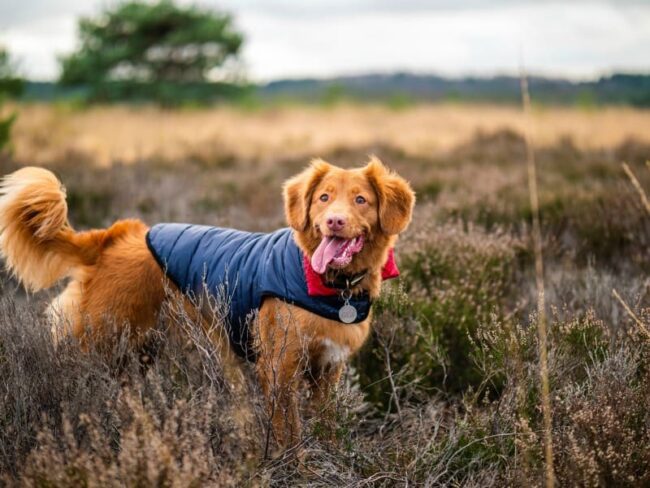
Introducing your dog to clothing should be a gradual process. Start with small, less intrusive items like a bandana or a lightweight vest. Allow your dog to sniff and investigate the item first, building their curiosity and familiarity. During this initial phase, the goal is not to get the dog fully dressed but rather to acquaint them with the concept of having something on their body.
Positive Association is Key
Creating a positive association with the clothing is vital. Incorporate treats, praise, and playtime into the dressing process. By associating the apparel with positive experiences, your dog will start to perceive wearing clothes as a precursor to enjoyable activities, making them more receptive to the idea.
Taking It Slow
Rushing your dog into wearing clothes can result in anxiety and resistance. If your dog shows signs of discomfort or stress, it’s important to take a step back and slow down the process. Put the clothing on for short periods initially, gradually increasing the duration as your dog becomes more comfortable. Watching your dog’s body language closely during these sessions will give you insight into their comfort levels.
Consistency Matters
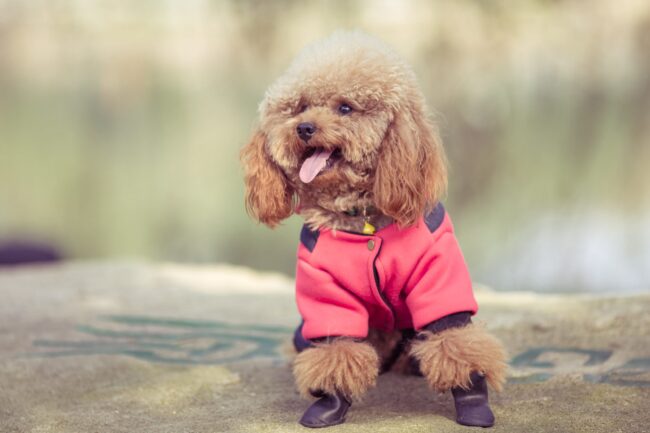
Consistency is crucial when acclimatizing your dog to clothing. Regular, short sessions are more effective than sporadic, long ones. This regularity helps reinforce the routine and reduces the novelty and potential stress associated with wearing clothes.
Training and Desensitization
Incorporating clothing into training sessions can be an effective strategy. Use commands your dog is familiar with, such as “sit” or “stay,” while gently introducing clothing. This not only distracts them from the apparel itself but also helps in reinforcing obedience and calm behavior when dressed.
Respecting Your Dog’s Limits
It’s essential to recognize and respect your dog’s limits. Not all dogs will adapt to wearing clothes, and pushing them beyond their comfort zone can damage your relationship and trust. If your dog consistently shows distress or discomfort despite gentle and gradual introduction, it may be best to reconsider whether clothing is necessary.
Special Considerations for Different Breeds
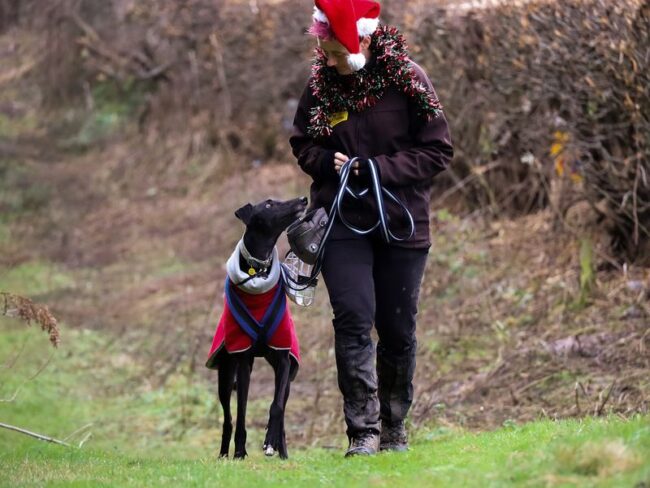
Different dog breeds may have varying tolerance levels to clothing. Breeds with thicker fur might find apparel too warm, while short-haired or smaller breeds might benefit from the extra warmth during colder months. Considering your dog’s breed, size, and fur type will help in selecting appropriate and comfortable clothing.
Addressing Common Concerns
Some common concerns that dogs might have with clothing include the texture, the sound of Velcro or snaps, and the restriction of movement. Addressing these concerns individually, such as choosing silent closures or stretchy fabrics, can make the clothing more acceptable to your dog.
Socialization and Clothing
Socializing your dog with other dogs who are comfortable wearing clothes can also help. Seeing their peers in apparel can normalize the experience and encourage hesitant dogs to give it a try. However, this should be done in a controlled and safe environment to prevent any stress or negative interactions.
Health and Safety First
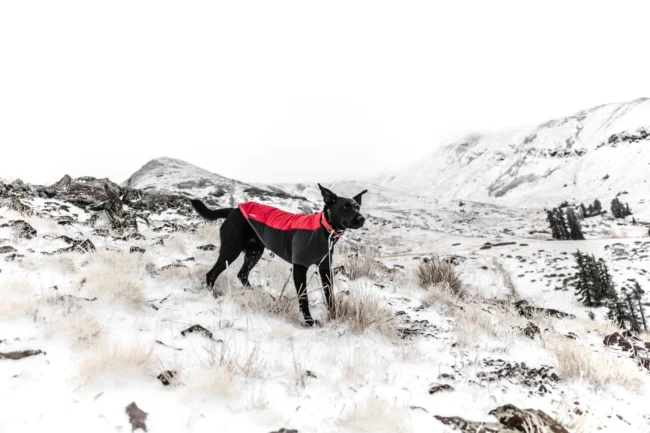
While getting your dog comfortable with clothing, it’s paramount to prioritize their health and safety. Regularly check for any signs of irritation, chafing, or discomfort. Ensure that the clothing doesn’t interfere with your dog’s natural movements, breathing, or ability to relieve themselves.
The Role of Professional Guidance
If you encounter persistent challenges or your dog shows extreme distress, seeking professional guidance from a veterinarian or a dog behaviorist can be beneficial. They can provide tailored advice and strategies based on your dog’s specific needs and temperament.
Celebrating Small Victories
Every small step your dog takes towards becoming comfortable with apparel is a victory. Celebrate these moments with extra affection and treats. This positive reinforcement will bolster your dog’s confidence and association with clothing.
Creating a Comfortable Environment
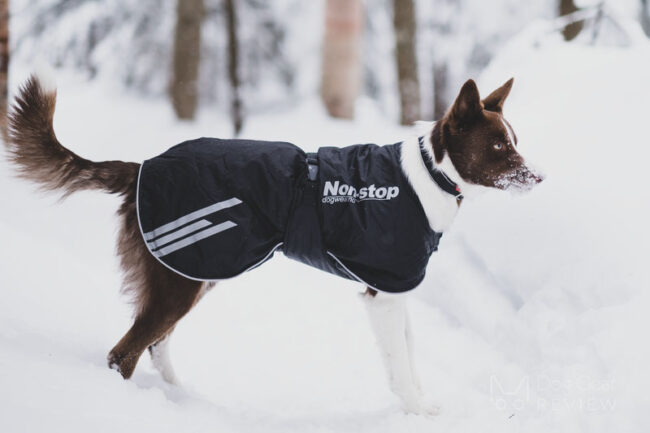
Ensuring that the environment is calm and comfortable during the dressing sessions can significantly impact your dog’s receptivity. Choose a quiet space without distractions where your dog feels safe and at ease.
The Importance of Patience
Patience is perhaps the most crucial element in this process. Understanding that each dog is unique and will adapt at their own pace is important. Displaying patience and compassion will make the experience more positive for your dog, leading to better outcomes.
Building a Routine
Once your dog starts showing signs of comfort with clothing, establishing a routine can help solidify their acceptance. Dressing your dog at similar times or for specific occasions can help them understand and anticipate the process, reducing any potential stress.
Conclusion
Introducing your dog to apparel requires a gentle, patient, and methodical approach. By selecting the right clothing, creating positive associations, and respecting your dog’s comfort levels, you can make wearing clothes a pleasant experience for your pet. Remember that every dog is different, and what works for one may not work for another. The key is to remain patient, observant, and responsive to your dog’s needs and signals. With time and patience, your dog can learn to see clothing as just another part of their routine, opening up a world of possibilities for both functional and fashionable attire.
